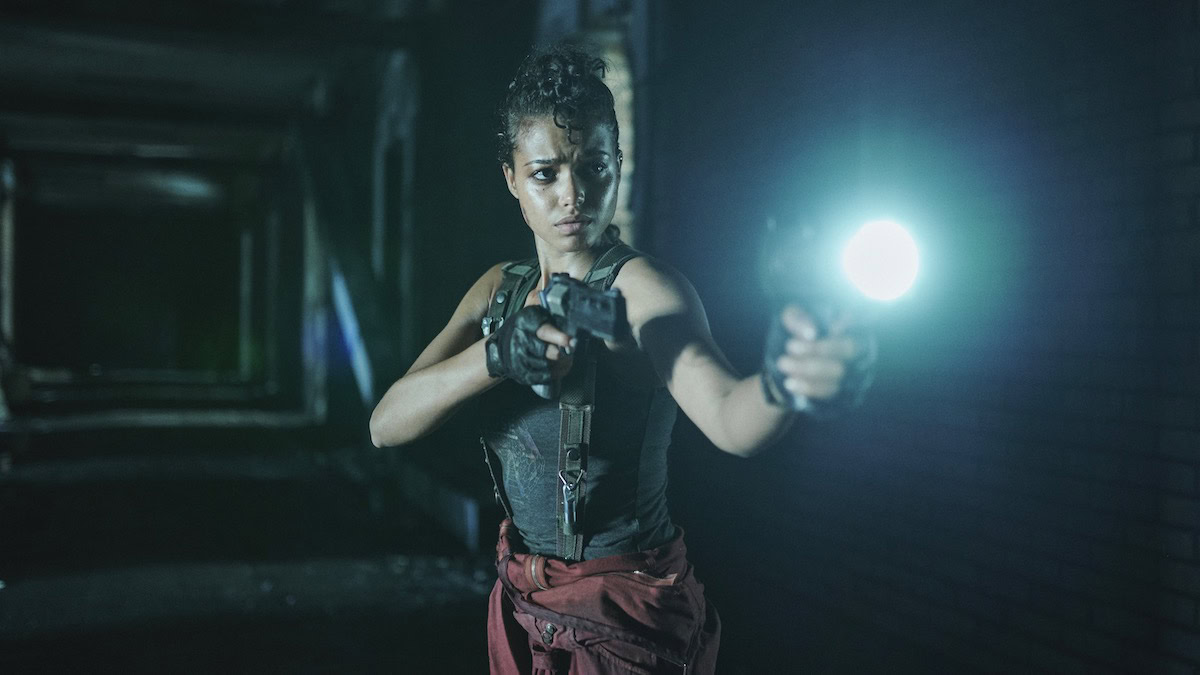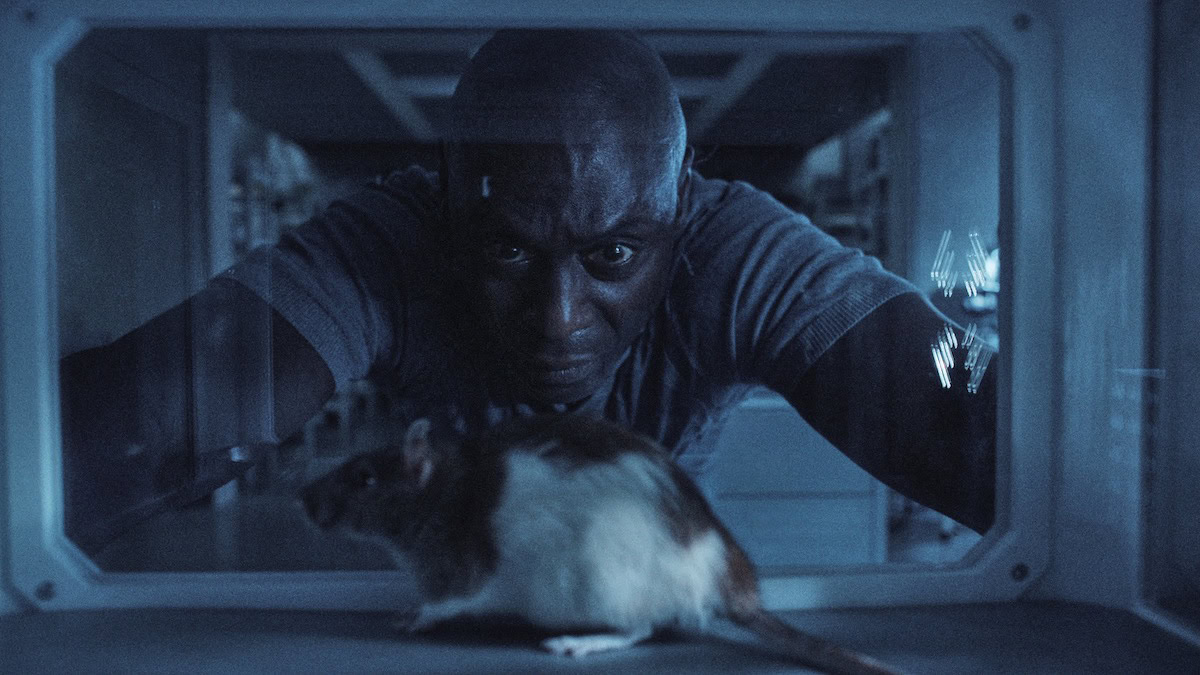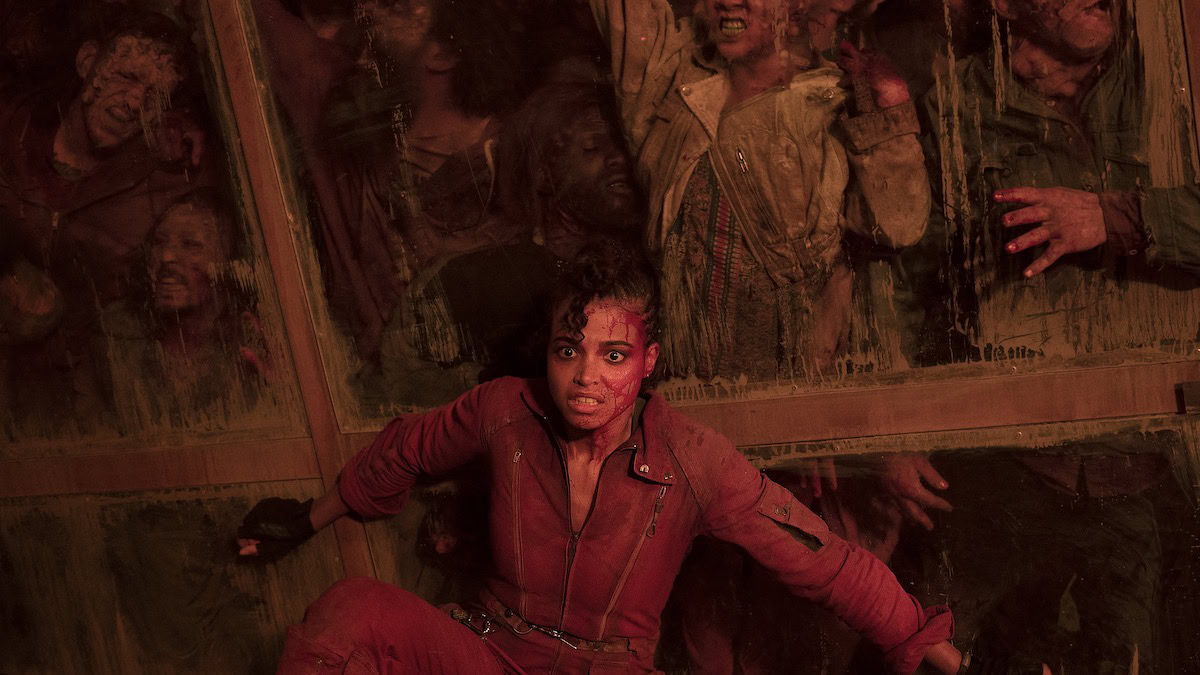Affiliate links on Android Authority may earn us a commission. Learn more.
Resident Evil can't quite justify its own existence on Netflix
Published onJuly 14, 2022

“Who asked for this?” has become internet shorthand for “This show or movie wasn’t really for me.” It’s not a great way to engage with art. And it assumes a pre-sold audience has to exist. That’s perhaps understandable in the age of franchises and IP-driven storytelling, but it doesn’t make for interesting criticism. Resident Evil on Netflix, however, is an odd project. It effectively reboots a successful movie franchise and comes on the heels of another Resident Evil movie reboot, not to mention the streamer’s own Resident Evil animated series. It’s also based on the popular, decades-old video game of the same name, drawing on that interactive franchise for much of its backstory.
See also: The best original streaming shows on every platform
In short, there’s a lot to live up to, and it feels like it was made very specifically for existing fans.
Rather than asking “Who asked for this?” we might ask “How does this stand out from the pack?” or “How does this justify its own existence?” Sadly, the answer is that it doesn’t. At just eight episodes, Netflix’s Resident Evil feels surprisingly bloated, without offering any of the absurd fun of previous films or a satisfying addition to the zombie genre.
Read on for our Resident Evil review. And if you want to check out the show, you can watch it on Netflix at the link below.

What is Resident Evil on Netflix about?

Jumping back and forth between 2022 and 2037, Resident Evil explores the development of a deadly virus and the following dystopian zombie apocalypse. Sisters Jade and Billie Wesker live in New Racoon City, a gated community for the employees of the Umbrella Corporation. Their father is a scientist who is crucial to Umbrella’s top secret operations.
Check out: The best horror shows on Netflix
The girls become suspicious of their father’s work, uncovering the more sinister side of the company and its experimentation on human subjects.
In the future, we see an older Jade who studies the fallout of Umbrella unleashing a virus. By then, it has wiped out much of humanity and turned people into killer zombies. Jade studies the virus, looking for a cure. She’s part of a group evading the Umbrella Corporation, which continues its own science, keeping a tight grip on society as a kind of self-appointed central government.
You can watch the Resident Evil trailer below:
A fun, weird, uneven legacy

Resident Evil adaptations certainly have their detractors, despite spawning from one of the most successful video game franchises of all time.
The highest Rotten Tomatoes score for any Resident Evil film is 36%. That’s for the final film in the previous franchise starring Milla Jovovich. Still, those films have their fans too, and it’s not hard to see why.
The Milla Jovovich-starring films are original, if a little trashy.
The films in the six-part saga, while varying in quality, are certainly fun. Jovovich is fantastic as the star, and there’s an anarchic sense of chaos across them. Excessive action and horror elements make them compulsively watchable.
Even 2021’s reboot Resident Evil: Welcome to Raccoon City offers a 90s-infused gore-fest that’s pretty amusing, though no real improvement on its predecessors.
So, Netflix’s Resident Evil certainly doesn’t have a clean slate to start with, even if its competition offers plenty of room for improvement.
Nothing new here: Resident Evil review

Let’s start with what works in Resident Evil on Netflix. Where it truly shines is in the acting. Ella Balinska, who starred in 2019’s Charlie’s Angels, is more than up to the task of leading this ensemble. Jade is a compelling heroine, and Balinska nails every part of the role: the science nerd, the loving mother, the tough-as-nails action star, and everything in between. Lance Reddick is another standout as the Wesker patriarch. And he’s given plenty to do, especially in the back half of the season.
It’s not enough, though.
Some cool video-game aesthetics and gory practical effects — a couple of mean scenes with a chainsaw stand out in particular — don’t quite make up for some flat visuals overall. This show could really use more weirdness, whether the surreal excesses of previous films or just a more distinct horror approach. It doesn’t stand out from other dystopian shows as it is.
See also: The best horror movies on Netflix
Resident Evil also just needs to cut to the chase. The show’s alternating timeline doesn’t amount to much. There’s a focus on what went wrong in New Racoon City, but it feels like unnecessary backstory. An evil corporation with its eye on population control went too far. Great! What more do you need? There’s certainly potential for some compelling backstory there, but Resident Evil doesn’t offer it. Instead, it slows everything down. Events in the past and present don’t link up all that well thematically, either, so the whole format seems chosen at random.
At best, it distracts from how slowly the story progresses in either timeline. The pace finally starts to pick up around the halfway mark. It’s hard not to long for a trimmed-down, feature-length version of this story, though. The upside is that if Resident Evil returns for season 2, it’s finally getting to the meat of things and may improve considerably. That’s not much to go on, though.
Then again, those looking for video game Easter Eggs will certainly find them, and maybe that’s the big takeaway. If you’re a die-hard fan of the games, this show might scratch a very specific itch.
For anyone else, Resident Evil is just as likely to feel like generic déja vu.
Read more: